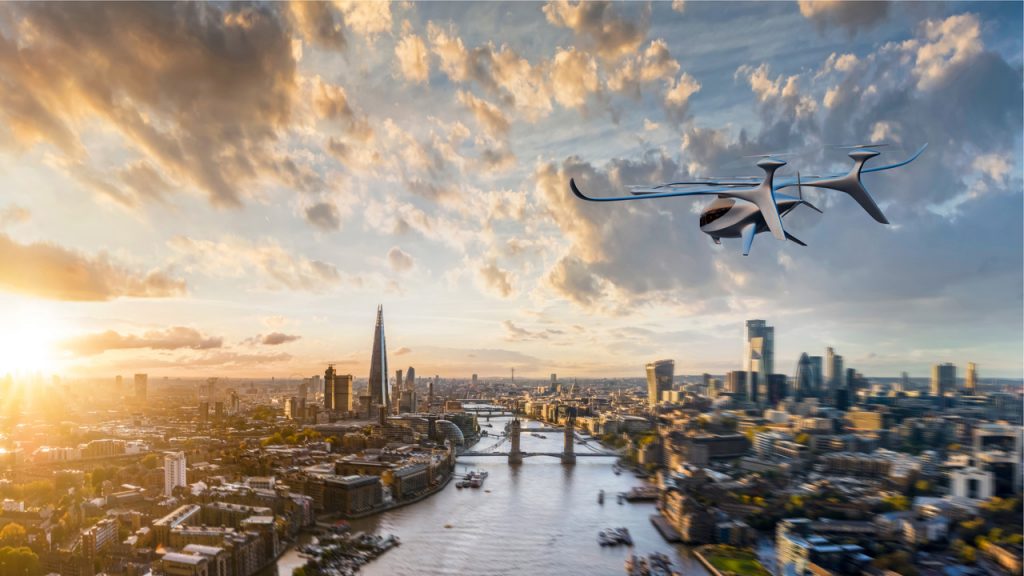An electric air taxi has successfully completed a proof-of-concept transition flight test, paving the way for the future of eVTOLs (Electric Vertical Take-off and Landing).
Prosperity I, an eVTOL produced by start-up AutoFlight, transitioned from a vertical to horizontal motion. The transition is one of the most challenging parts of an eVTOL flight.
The test flight, which took place in January 2022 in JiangSu province, China, saw Prosperity I reach an altitude of 150 metres and a top speed of 123 miles per hour. The aircraft was unmanned, but is capable of carrying three passengers and a pilot.
AutoFlight CEO Tian Yu said: “The team and I are thrilled to have cracked the smooth transition phase of eVTOL flight, unlocking the skies for Prosperity I and our commercial products.”
“We are confident we have a good design underpinned by sound engineering, and delighted to see that the transition was smooth, safe and seamless,” he added.
On take-off, Prosperity I is lifted into the air by eight rotors. Once the aircraft has reached the required altitude of 150 metres, the complex transition phase begins. The rotors on the top stop spinning and lock into a streamlined position, and the rear propellers push the aircraft forward. This horizontal phase is similar to a traditional fixed wing plane and is more energy efficient.
Mark Henning, Managing Director of AutoFlight Europe explained: “The simplicity of AutoFlight’s design lies in our patented ‘Lift and Cruise’ configuration, which combines superior range and safety with low technical complexity, making it affordable to manufacture, maintain and operate as an air taxi.”
Designed for short transfers, the Prosperity I is expected to be ready for commercial flight in 2025.
